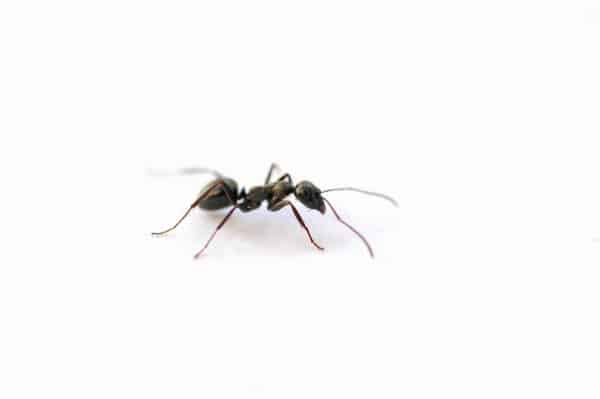
 A team of researchers from the University of Toronto has isolated the genetic markers for a key behavioural trait in ant species: their tendency to act as bodyguards to protect plants from herbivorous insects like grasshoppers and beetles.
A team of researchers from the University of Toronto has isolated the genetic markers for a key behavioural trait in ant species: their tendency to act as bodyguards to protect plants from herbivorous insects like grasshoppers and beetles.
The phenomenon is known as mutualism and it is seen widely throughout the natural world. Everyone knows about the bee-flower mutual relationship, whereby the bee gets nectar to turn into food, all the while helping to transfer pollen from one plant to the next.
Then there’s the oxpecker bird, which eats ticks off the backs of rhinos and zebras, thereby getting a meal while helping to keep the bigger beasts parasite-free (as a bonus, the birds also act as a built-in warning system, taking off and giving out a special call when predators abound).
But a number of species of ants take part in mutualism, as well, by acting as plant bodyguards and attacking herbivores such as grasshoppers, caterpillars and beetles that attempt to feast on the plant. In payment for their efforts, the ants essentially get room and board, as trees like the Cordia nodosa (its native name is “huevo de gato”) supply food bodies and housing for the ants in the form of stem swellings called domatia.
“Around 400 species of tropical plants have evolved specialized structures called domatia to house ant colonies that defend them, mainly against herbivorous insects,” said Megan Frederickson, associate professor in the department of ecology & evolutionary biology at U of T and senior author of the new study, in a press release. “Because there are many, many arboreal ants in rainforests, tropical trees are often completely covered in ants.”
How good are ants as bodyguards?
But how good are these Amazonian ants (the species in question is called Allomerus octoarticulatus) at doing their job? Researchers focused on two genes of the A. octoarticulatus that regulate its foraging behaviour, as that practice is known to be linked to the ant’s protective actions. The team fed colonies of ants a particular protein activator that encodes for foraging and then observed their behaviour, finding that with the gene-enhancement, the colonies recruited more ants to do the job of attacking herbivores, ultimately leading to less damage to the trees.
The results show that plant-animal mutualism has particular genetic roots. “We found that when we activated the products of these two ant genes, more workers were recruited to attack herbivores, resulting in less damage to the trees,” Frederickson said. “Gene expression in ant workers was also correlated with whether an ant colony discovered a grasshopper and how much damage was inflicted on leaves.”
The A. octoarticulatus symbiotic relationship with Cordia nodosa is especially intimate, as previous research has shown. When the plant is ready to reproduce and its flowers start to appear, the ants attack the buds and prevent it from reproducing. Why would the ants want to castrate their host plant? Doing so encourages it to put the energy potentially used for reproduction back into plant growth, which is of benefit to the ant colony.
The new study is published in the journal Proceedings of the Royal Society B.
Leave a Reply
You must be logged in to post a comment.




 Share
Share Tweet
Tweet Share
Share




Comment